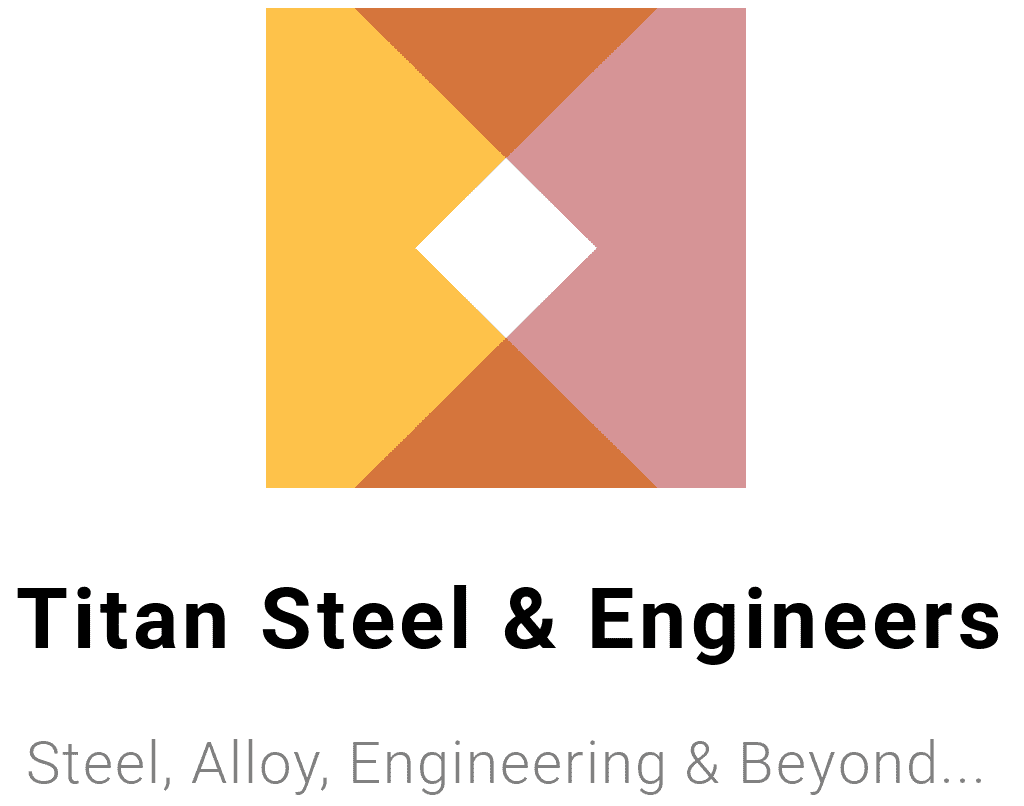Carbon Steel Plate Grades Chart: Finding the Right Fit for Your Project
Introduction to Carbon Steel Plates and Their Importance
Carbon steel plates are the unsung heroes of countless industries. From construction to shipbuilding and heavy machinery, these plates form the backbone of projects requiring robust and durable materials. But not all carbon steel plates are equal. They come in various grades, each tailored to specific applications based on factors like strength, hardness, and weldability. carbon steel plate grades chart.
If you’re an engineer, manufacturer, or construction professional, understanding the nuances of these grades is critical for ensuring efficiency and safety in your projects. This guide will walk you through the different carbon steel plate grades, their properties, applications, and how to choose the perfect one for your needs.
Understanding Steel Grades
Steel grades categorize carbon steel plates by their physical and chemical properties, helping professionals determine their suitability for specific applications.
How Are Steel Grades Classified?
Steel grades are often defined using a standardized system developed by organizations such as the American Society for Testing and Materials (ASTM), the Society of Automotive Engineers (SAE), and the International Organization for Standardization (ISO). These grading systems include designations like A36, A572, or 1020, representing differences in carbon content, tensile strength, and other properties.
Classification Based on Carbon Content
- Low Carbon Steel (Mild Steel)
Contains low carbon content (less than 0.25%). It is easy to weld and ductile, making it ideal for engineering and construction.
- Medium Carbon Steel
Contains 0.25% to 0.6% carbon. Offers a good balance of strength and ductility. Common in automotive parts and machinery.
- High Carbon Steel
Contains above 0.6% carbon. Extremely hard but less flexible, used for cutting tools and high-strength applications.
Why Does Grade Matter?
The grade you choose directly impacts durability, safety, and overall project performance. For instance, A36 steel is widely used in structural applications, while A516 is preferred in pressure vessels for its superior temperature resistance.
Key Properties and Applications of Different Carbon Steel Grades
Understanding the properties of carbon steel grades is vital for matching them to the right applications.
Key Properties to Look for
- Tensile Strength – The ability to withstand tension without breaking. Suitable for load-bearing structures.
- Hardness – Resistance to abrasion or wear, important for tools and equipment.
- Ductility – The ability to deform without cracking, crucial in fabrication.
- Weldability – Determines how easily the steel can be joined to other components.
Real-World Applications
- Construction
Low carbon grades such as ASTM A36 are used in beams, girders, and bridges due to their ductility and weldability.
- Pressure Vessels
ASTM A516 and A285 grades, with their high-pressure resistance, are utilized in boilers and oil storage tanks.
- Shipbuilding
ABS (American Bureau of Shipping) grades like AH36 are corrosion-resistant and designed to withstand the harsh marine environment.
Carbon Steel Plate Grades Chart: A Detailed Breakdown
The following chart summarizes key properties and ideal uses for some of the most common carbon steel plate grades:
|
Grade |
Yield Strength (ksi) |
Tensile Strength (ksi) |
Applications |
|---|---|---|---|
|
A36 |
36 |
58–80 |
Construction, bridges |
|
A572 Grade 50 |
50 |
65 |
High-strength structural |
|
A516 Grade 70 |
38 |
70 |
Pressure vessels, boilers |
|
AH36 |
51 |
71–90 |
Shipbuilding |
|
1045 |
45 |
77 |
Machinery, automotive |
How to Use This Chart
Look at the yield strength and tensile strength to determine if a grade can handle your project’s loads. Consider specific applications listed to narrow down your options quickly.
Factors to Consider When Selecting the Right Carbon Steel Grade
Choosing the appropriate carbon steel plate grade isn’t just about strength. A range of factors should guide your decision.
- Load Requirements
Consider the maximum stress the steel will endure (yield and tensile strength).
- Environmental Conditions
If your project operates in extreme temperatures or corrosive environments, select a grade with the required resistance (e.g., stainless-clad grades for marine projects).
- Fabrication Needs
For processes like bending, rolling, or welding, prioritize ductility and weldability.
- Certifications
Ensure the grade meets industry-specific standards like ASTM, SAE, or ISO.
Case Studies: Successful Applications of Specific Grades
Case Study 1: Building Bridges with ASTM A572
Challenge:
Engineers building a long-span bridge required materials with exceptional strength-to-weight ratios.
Solution:
ASTM A572 Grade 50 was chosen for its high tensile strength and lightweight properties, reducing overall material costs while maintaining safety.
Case Study 2: Pressure Vessel Safety with A516 Grade 70
Challenge:
A chemical processing plant needed boiler plates that could withstand high temperatures and pressures.
Solution:
A516 Grade 70 steel was selected for its superior pressure resistance, meeting safety and performance standards.
Future Trends in Carbon Steel Plate Technology
As technology evolves, so do advancements in steel production.
- Advanced Alloys
Incorporating elements like nickel and chromium for enhanced corrosion resistance and strength.
- Smart Materials
AI-guided manufacturing processes are working to improve consistency and performance.
- Green Steel
With a growing focus on sustainability, carbon-neutral steel production is emerging as a critical area of innovation.
Selecting the Optimal Grade for Your Project
Choosing the right carbon steel grade is a balance between performance, cost, and application needs. By understanding grade properties and leveraging resources like the detailed chart provided above, you can make informed decisions that maximize efficiency and safety.
If you’re ready to start your next project or seek expert guidance on selecting the perfect grade, we’re here to help. Contact our team today to discuss your specific requirements!

